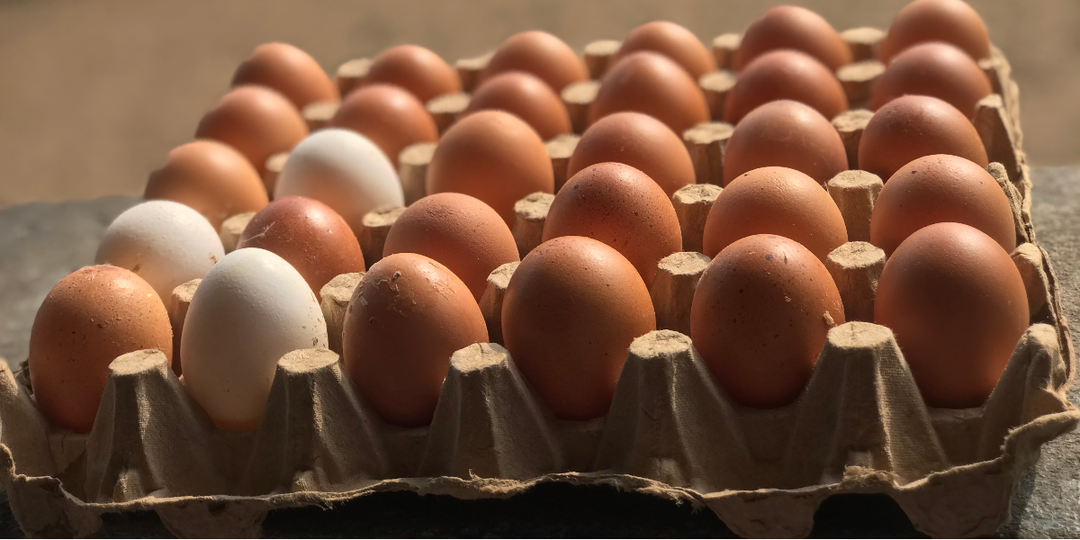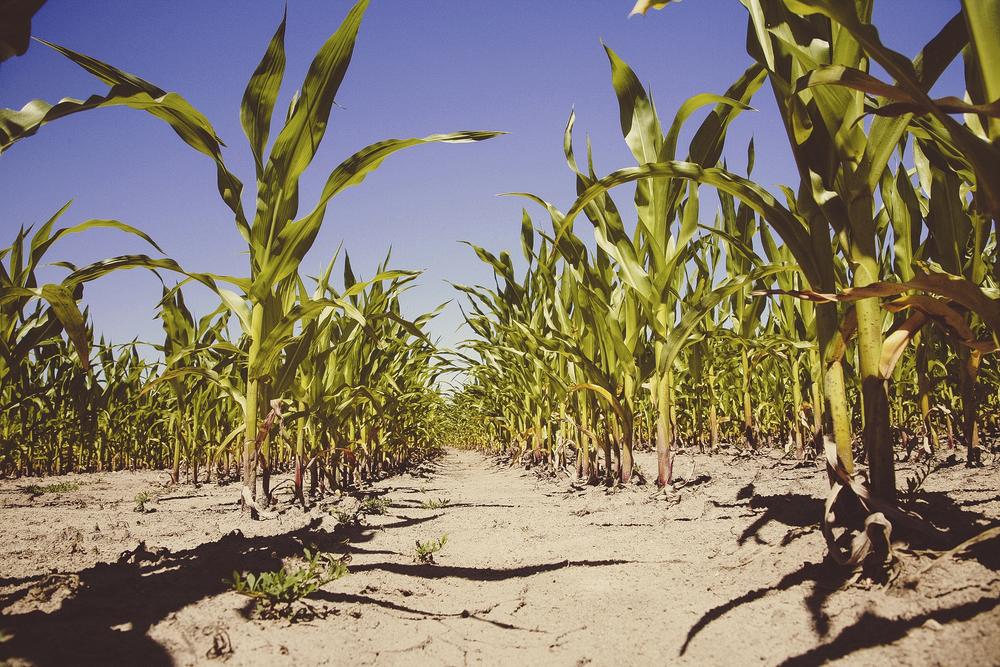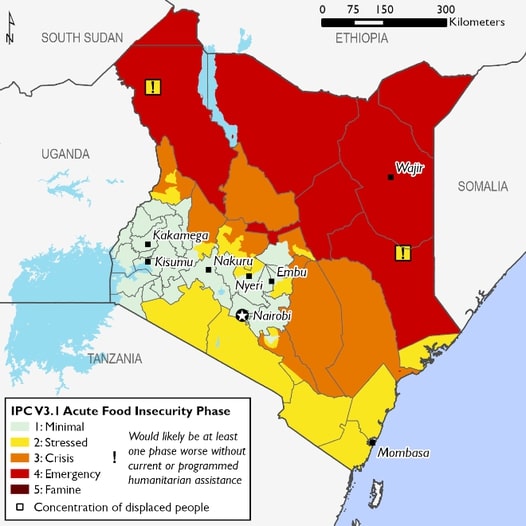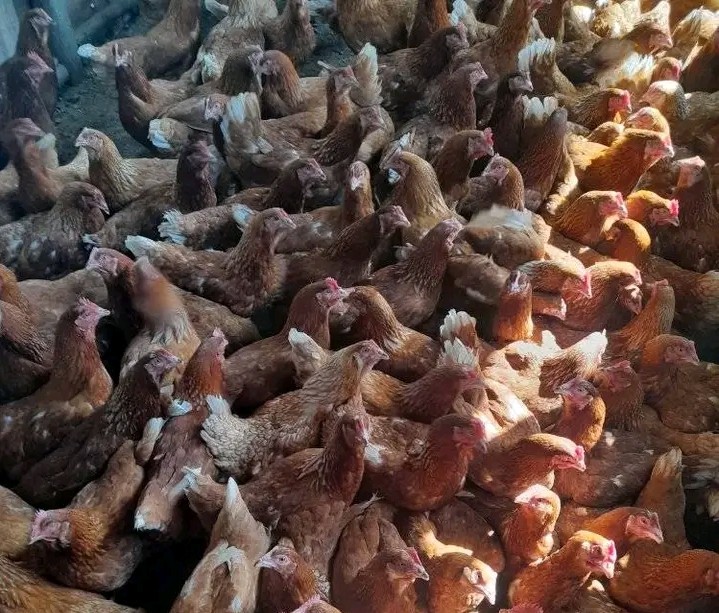
By George Munene
As a tray of eggs currently retails for between Sh400-500, spare a thought for Kenyan bachelors. Unfortunately, according to feed manufacturers and egg wholesalers, these prices will be held at least until grain from Kenya’s maize basket, Rift Valley, comes into the pipeline in October.
“Feed manufacturers are facing a shortage of maize and soya--the most critical components in the formulation of layer feeds. From October, we expect significant maize supplies to soften feed prices and in turn egg prices,” explained Sammy Kigen, an eggs wholesaler.
He however caveats that Kenya still remains a net importer of most constituents crucial to layer formation.
“Traders are sourcing for soya as far out as Zambia add other constituents of feed such as premix-- micronutrients providing required nutritional value-- are sourced from outside Africa.
Related News: Farmer increases eggs 60% with homemade azolla plant protein
Related News: Eggs move to short supply after culls of hens by farmers during Covid lockdown
Despite the government waiver on import duty and all levies on maize and animal feeds for 90 days to cushion farmers from the high-cost feeds, manufacturers say there has been a shortage of raw materials in both regional and international markets.
Acquiring maize for human consumption itself has been a problem as a 90kg bag of maize has doubled from last year’s price, now costing Sh5,500 to Sh6,000.
The price list for raw materials used in making poultry feed keeps updating: A 70-kilogram bag of layer mash is currently selling for between Sh4,000 and 5,000, up from Sh3,800 in April.
Kenyan feed manufacturers who rely on imported raw materials have had to pay steeper prices for imports as the shilling continues to weaken against the dollar.
The strengthening of the global trade currency has seen traders having to part with a quoted price of Sh119.99 per dollar--a 10.4 per cent increase from this time last year.
On May 30, The Kenya Association of Manufacturers expressed worries over a dollar shortage, that has seen businesses such as Pwani oil suspending operations.
According to John Momanyi, a representative of Sigma Feeds-an animal feed manufacturer, the high cost of feeds can primarily be pegged to inflation in the cost of production.
Related News: Farmer nearly triples egg earnings selling for hatching instead of food
“Raw materials such as maize remain high while overheads such as the cost of electricity are also steep,” he pointed out.
Lesser factors like weather are also not aiding the situation. Egg production often dips over the cold June to August months while diseases in birds rise with falling temperatures.
Farmers are often forced to invest in heating sources or increase their flock’s feed intake to sustain optimal production. If they can help it, many poultry farmers, avoid rearing chicken over this period.
Write comment (0 Comments)

















